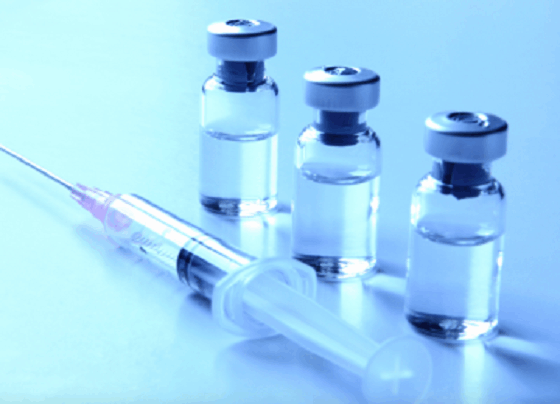Without a vaccine or proper treatment, the world has been forced to adopt severe measures to minimize the spread of COVID-19, such as the global shutdown, social distancing, closures and cancellation. As the world begins to gradually reopen, it is clear there is still much hardship to come—for those laid off, for businesses forced to implement costly new health measures, and for those that are still at greater risk of contracting the infection.
The global race to come up with a COVID-19 vaccine to protect people from the infection is now well underway, and gaining grounds by the week. Currently, there are now more than 90 vaccines that are under development either from the government, non-profits, and/or private companies. Majority of these vaccines are in phases of human clinical trials. Some of the developers, including a research institutes in China and the United States, have already posted preliminary but promising results from their vaccine trials.
Yet as tempting as it is to predict how the vaccine will fit into the great epic of COVID-19, it is quite impossible to know exactly how it will play out.
The type of vaccines we end up getting and how they are distributed could determine whether the virus will fade away or linger forever. Many of these decisions are currently being made.
There are four critical elements that will determine vaccine will play out—how effective it will be, when it will be ready, how much will be ready and what is being done in the meantime to minimize further spread of the virus. Here are some of the possibilities and how they could change the course of the pandemic.
Efficacy: Will the vaccine grant a lifelong immunity or will immunity weaken over time?
A vaccine is a drug that triggers or stimulates the immune system to fight off an infection from a specific pathogen, protecting the recipient from a future infection. Given the number of trials underway, some researchers are optimistic that multiple COVID-10 vaccines will likely come to fruition. Although, the amount of protection they provide could vary. On the high end of possibilities, the vaccine could provide what is known as “sterilizing immunity” or immunity due to neutralizing antibodies, meaning the recipient would be safe from infection indefinitely.
One variable shaping efficacy is how quickly the virus mutates. This means that a faster rate of mutation would increase the likelihood that the vaccine would not generate an effective immune response to the virus. SARS-CoV-2 which is the virus behind COVID-19, is a single-stranded RNA virus. These viruses are known for high mutation rate, but those mutations do not necessarily occur in a manner that would weaken the protection from the vaccine. Evidence shows that SARS-CoV-2 may have a relatively slow mutation rate for an RNA virus, thereby increasing the chances that a vaccine would offer long-term protection.
It is possible that the effectiveness of the vaccine can vary for different age groups. For instance, the shingles vaccine is recommended for people over the age of 50 because they face greater risks of severe illness from the virus. The influenza vaccine has a different formula for people over 65 years.
It may be the case that one type of COVID-19 vaccine is recommended for a particular group or people with a pre-existing conditions, while another type of vaccine is deployed to the general public. If immunity disappears over time, people will need periodic boosters or re-vaccinations.
Timing: The time required until the right vaccine is available for public use
So many things can change between now and the time a vaccine for COVID-19 will become available. It could take months or even years but it is unclear how long it will take, and that has some significant implications for public health decisions we make in the meantime.
There is a global effort to speed up the vaccine development. For instance, governments are making efforts to fast-track funding and regulatory approvals, like combining phases of clinical trials. Private and non-profit organizations are also putting their own researchers on the task. That is why it is believed that COVID-19 vaccine could arrive just in time.
Distribution: Will countries compete or collaborate on a global vaccination campaign?
The next obstacle to ending the COVID-19 pandemic with a vaccine is getting to enough people inoculated to achieve herd immunity. That is where enough members of a given population are immune to the virus, making it so that the virus cannot easily spread. The herd immunity threshold in a population could range from 60 percent to over 90 percent, depending on how readily the pathogen can spread.
Public health response: Can we keep up pandemic control measures until, and after a vaccine arrives?
Since a COVID-19 vaccine campaign will likely take a long time, many of the current measures to slow the pandemic will still be needed to an extent after a vaccine is available. Another important element that could influence a COVID-19 vaccination campaign is the availability and effectiveness of treatments for the virus. As of now, there is no specific treatment recommended for general use. Although some experimental drugs like Remdesivir have been allowed for emergency and compassionate use.

